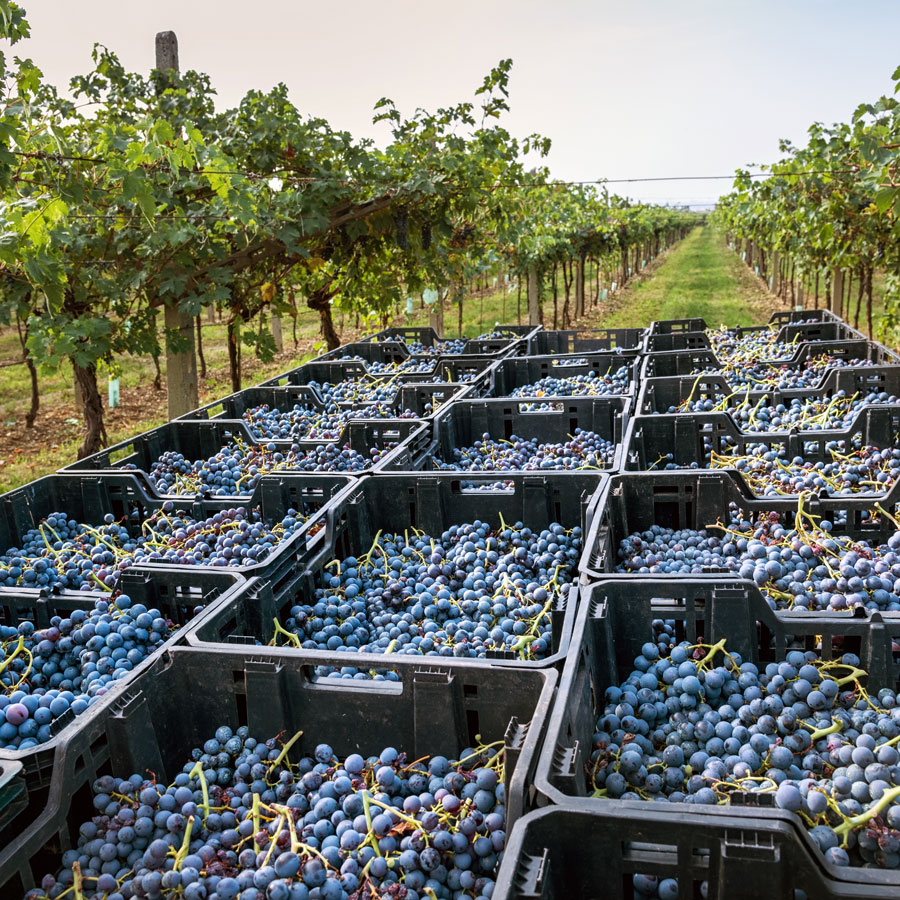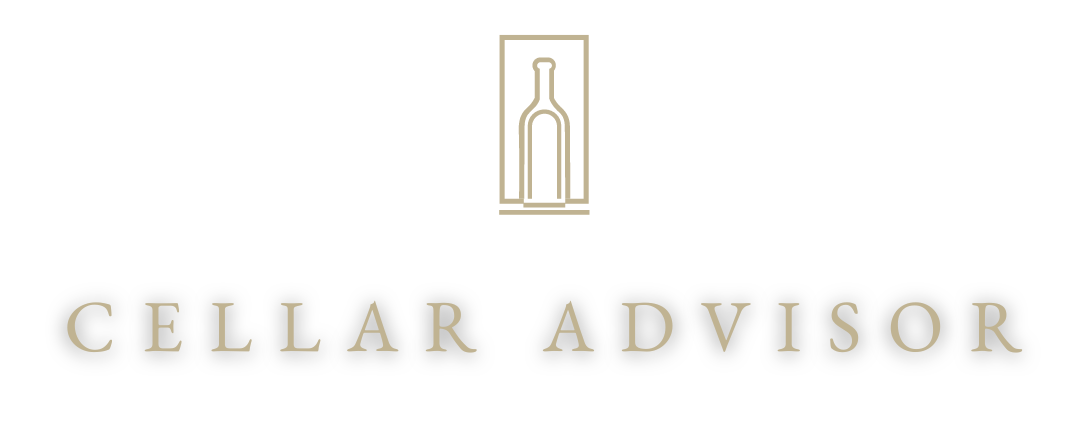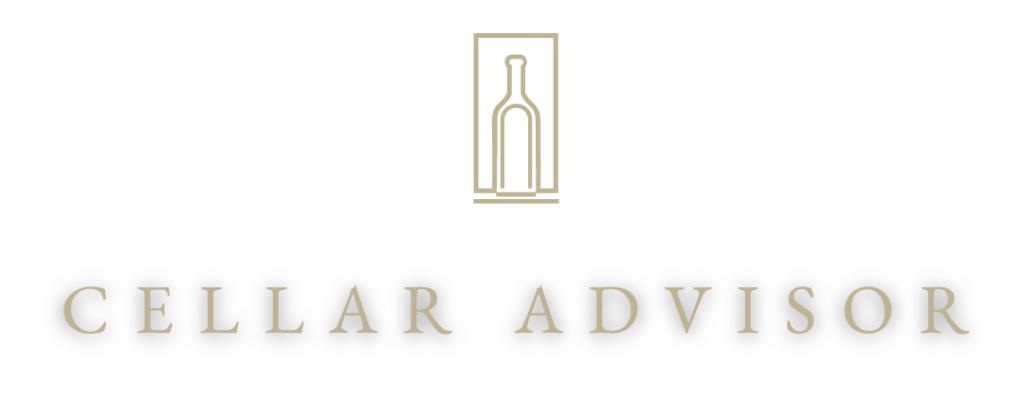What is Wine Investment?
A Beginner’s Guide to Investing in Wine
In recent years, wine has transitioned from a luxury enjoyed at dinner parties to an asset class attracting investors looking for alternative opportunities. Wine investment involves purchasing bottles or cases of wine with the expectation that their value will increase over time. Like art, fine wine has a track record of delivering strong returns, but it’s also a complex and nuanced market that requires both knowledge and patience.
But what exactly is wine investment, and how does one go about investing in wine? In this blog post, we’ll break down the basics of wine investment, its potential benefits, and how you can get started.
Wine investment refers to the practice of purchasing fine wine with the expectation that its value will appreciate over time. Unlike other commodities or stocks, wine as an investment doesn’t generate immediate income like dividends or interest. Instead, its potential return comes from the appreciation of its market value, which is influenced by factors like rarity, quality, and aging potential.
Investing in wine can take several forms:
- Individual Bottles or Cases: Some investors focus on acquiring rare bottles of wine or entire cases of wines from renowned vineyards. The investment is based on the expectation that these wines will become more valuable as they age, especially if they are from limited production or have historical significance.
- Wine Funds: For those who may not want to manage their own collection, wine investment funds pool investors’ money to acquire and store wine. These funds are managed by professionals who make buying and selling decisions based on market trends and investment potential.
- Wine Futures: Wine futures, or “en primeur” in French, involve purchasing wine that has not yet been bottled but is still in production. The idea is to buy wine before it’s officially released, often at a discounted price, with the expectation that it will rise in value once it’s available on the market.

Why Invest in Wine?
Wine has historically been a stable and profitable investment, with certain bottles experiencing significant increases in value over time. Below are some of the main reasons investors are drawn to wine:
1. Tangibility and Enjoyment
One of the unique aspects of wine investment is that it’s a tangible asset. Unlike stocks or bonds, wine can be physically enjoyed, whether by sampling a bottle from your collection or sharing it with friends and family. This dual benefit of enjoyment and potential financial gain makes wine investment particularly appealing to collectors and enthusiasts.
2. Low Correlation with Traditional Financial Markets
Wine is often considered a “safe haven” asset because it is largely uncorrelated with traditional financial markets. While the stock market may be volatile, fine wine prices tend to follow their own independent trends. This makes wine a good diversification tool for investors looking to reduce risk within their portfolios.
3. Global Demand and Limited Supply
The demand for high-quality wines continues to grow globally, particularly from emerging markets like China and Russia. As the global demand increases, combined with the fact that wine production is limited by factors like climate, land availability, and vineyard space, the supply of fine wine remains scarce. This scarcity, especially for wines from renowned regions like Bordeaux, Burgundy, and Napa Valley, can drive up prices over time.
4. Long-Term Growth Potential
Wine is a long-term investment. While it may take several years (or even decades) for a wine to appreciate significantly, the long-term nature of wine investment can yield attractive returns. Some of the most valuable wines have appreciated by over 200% in the past two decades, demonstrating the potential for high returns when you choose wisely.
Risks of Wine Investment
While wine investment can be highly rewarding, it’s not without its risks. Here are some challenges to keep in mind:
- Storage and Insurance Costs: Wine needs to be stored in optimal conditions, such as a climate-controlled environment, to preserve its quality. Proper storage can be expensive, and wine must be insured against theft, damage, or spoilage, which adds to the cost of investment.
- Market Liquidity: Unlike stocks or bonds, wine is not as liquid, meaning that it may take time to find buyers willing to pay the price you want for a bottle. Wine investment is typically a long-term commitment, and it may take several years before your investment realizes its full value.
- Market Fluctuations: Although wine is generally less volatile than other markets, wine prices can still be affected by market fluctuations, trends, and shifts in consumer preferences. A sudden change in the popularity of a particular type of wine or vintage could influence its value.
- Expert Knowledge Required: Wine investment requires a deep understanding of the market, the specific wines that are likely to be appreciated, and how to store and care for them properly. Without this knowledge, investors may face challenges in identifying valuable wines or securing a proper return on their investment.

How to Start Wine Investment with a Cellar Advisor?
Getting started with wine investment through Cellar Advisor involves a few straightforward steps to ensure you’re well-equipped to build and manage a portfolio of fine wines. Here’s a guide to help you:
1. Understand Wine Investment Basics
Before you dive in, it’s essential to understand the fundamentals of wine investment. Wine as an asset can appreciate over time, especially premium bottles that come from renowned vineyards and are well-cared-for in ideal storage conditions. Wine investment typically involves purchasing rare or collectible wines and storing them to sell at a higher price later.
2. Sign Up for a Cellar Advisor Account
- Visit the Website: Go to the official Cellar Advisor website.
- Open an Account: You will need to create an account to gain access to the platform’s investment tools and portfolio management services.
- Set Your Preferences: During sign-up, provide details about your investment goals, budget, and wine interests. This helps Cellar Advisor recommend personalized wine investment opportunities.
3. Learn About the Wine Market
Cellar Advisor provides resources, guides, and market analysis on the current state of the wine market, including the latest trends, the best-performing wines, and market predictions. Familiarize yourself with these insights to make informed decisions.
4. Build Your Wine Portfolio
Once you’re ready to invest, Cellar Advisor offers tools to help you choose wines for your portfolio. The platform often features:
- Recommended Wines: Based on your budget and preferences, Cellar Advisor will offer curated wine investment opportunities, including wines that have a strong likelihood of appreciating in value.
- Vineyard and Region Insights: Cellar Advisor may give you detailed insights into the reputation of vineyards, regions, and wine types that have historically performed well as investments.
5. Use Wine Valuation Tools
Many wine investment platforms, including Cellar Advisor, provide wine valuation tools that allow you to track the current market value of wines in your collection. This feature is useful for monitoring your portfolio’s performance and making decisions about selling or buying new wines.

6. Consider Storage and Insurance
- Proper Storage: For your wines to appreciate in value, they need to be stored properly. Cellar Advisor may offer storage recommendations or partner with storage facilities that specialize in wine. The ideal conditions include consistent temperature and humidity levels.
- Insurance: Wines can be insured against loss or damage, and Cellar Advisor may offer guidance on how to protect your investment.
7. Buy and Sell Wine on the Secondary Market
- Buying: You can purchase wine directly from Cellar Advisor’s marketplace, where they offer investment-grade wines.
- Selling: As your wine collection grows and its value increases, you can decide to sell certain bottles through Cellar Advisor’s marketplace, where buyers looking for collectible wines can acquire them.
8. Monitor Performance and Rebalance Portfolio
Periodically, you should review the performance of your portfolio using the analysis tools on Cellar Advisor. As the market changes, you may need to rebalance your portfolio by adding new wines or selling off wines that no longer meet your investment goals.
9. Connect with Wine Experts
If you’re unsure about which wines to invest in or need advice on how to grow your portfolio, Cellar Advisor may provide access to wine experts who can help guide you. Some platforms offer consultations to ensure you’re making the best investment decisions.
10. Stay Updated on Market Trends
Wine investment is influenced by a variety of factors including changing tastes, economic conditions, and vintage performance. Cellar Advisor will likely provide updates on market trends, auctions, and new investment opportunities. Staying informed will help you make timely investment decisions.
Key Tips:
- Start Small: If you’re new to wine investment, begin with a modest budget while you learn the ropes.
- Diversify: Like any investment, diversifying your wine collection can reduce risk. Don’t focus on just one type of wine or vineyard.
- Be Patient: Wine investing often requires a long-term perspective as the value of wine can increase over time, especially with proper care and storage.
By following these steps, you’ll be on your way to getting started with wine investment using Cellar Advisor.



